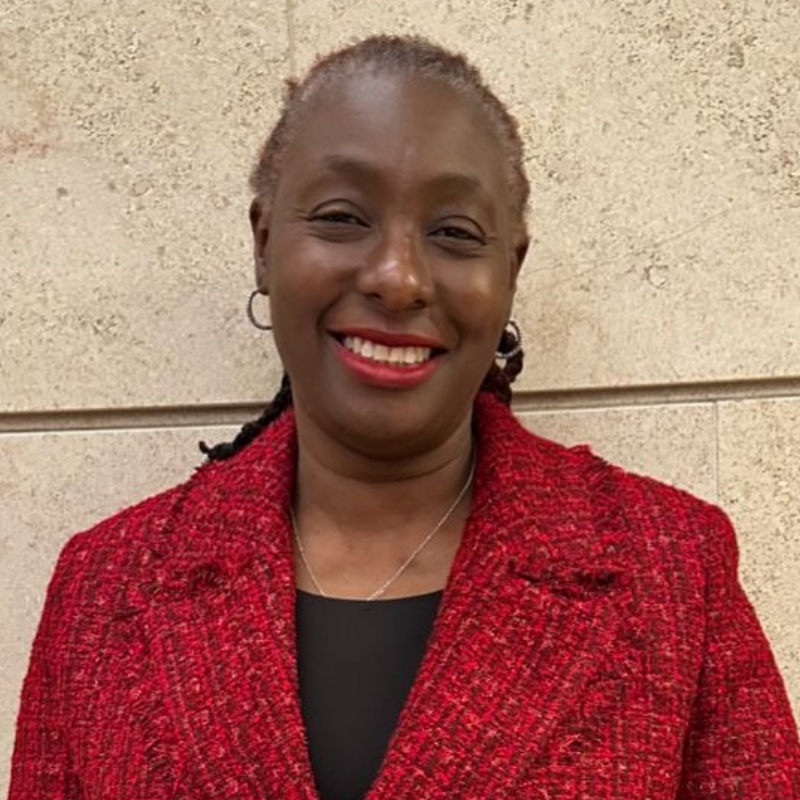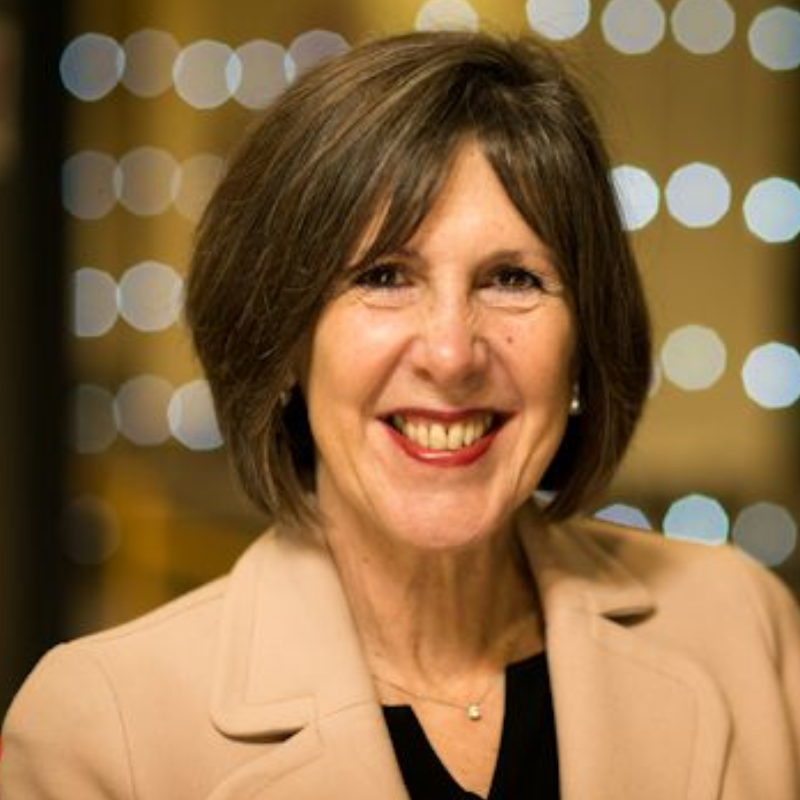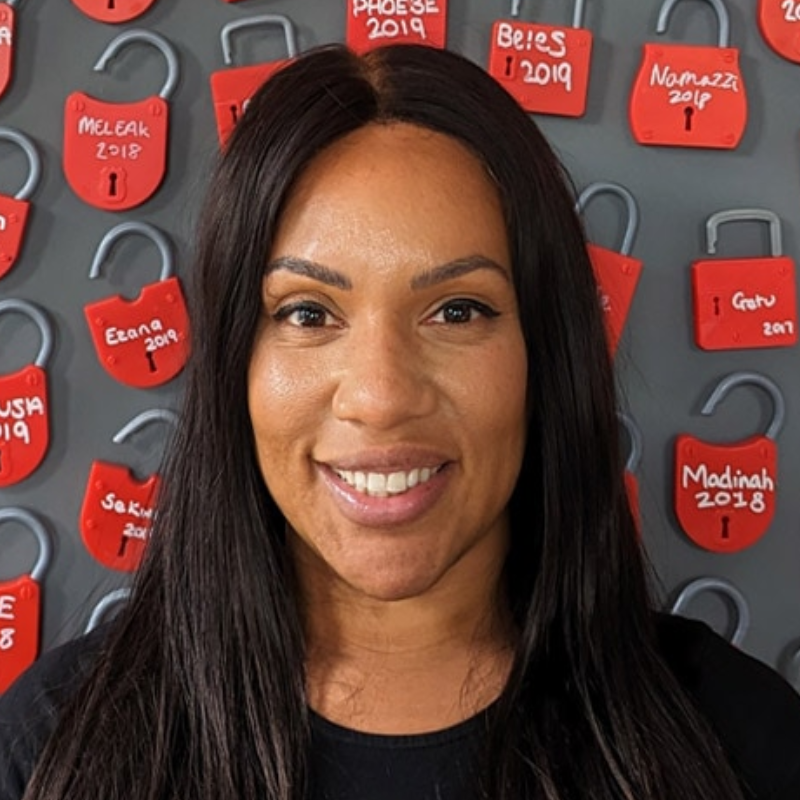Saxton Bampfylde takes great pride in supporting many remarkable organisations to appoint women to a variety of board roles. By way of recognising International Women’s Day 2024, we wanted to highlight some of our own female colleagues, who hold or have held board roles in an impressive range of sectors.
We are proud to be a firm that celebrates the achievements of our own talented women, who comprise 80% of our workforce. Below we share some key themes and insights from these discussions with some of our female partners; their experiences, wisdom, and advice about navigating the dynamics of a boardroom as a woman and how to start the journey of joining a board.
Advice to women looking to join a Board
Our Partners have joined boards through different routes, some were approached while others actively sought them out. We were keen to understand what women looking to join a board can do to enhance their profile and any advice they would recommend before taking on a board role. The feedback on this was consistent: actively network, figure out your value add and what you want from a board, and do your due diligence.
Once you have decided you’re interested in taking on a role, it is important to think about what kind of board you’re interested in joining. Feeling invested in the work an organisation does or its mission will motivate you so that, when there are challenging times or you are struggling balancing the time commitment with other work, you can draw on that. School Governor roles or trustees of smaller charities can be a good place to start but it is worth bearing in mind that smaller organisations often require their board members to be more hands on and ask more of their time, whereas larger organisations have more infrastructure around the board and governance so counter-intuitively can feel lighter touch in terms of time commitment.
“Connection is important. You need to feel a connection to the intended impact. You want to feel you have a stake in the decisions that are made.”
You will also want to consider what it is you will bring to a board, whether that is sector or functional expertise and to think about where those skills might be most needed. Once you’ve decided you’re ready to take on a role, go out and actively network to make sure people know you’re looking to take this step. A number of our Partners said their first role came up through word of mouth. Another way to make this move is to identify organisations you feel passionate about and to contact them directly, explaining that if a board role were to arise in the future you’d love to be considered.
Once you’re in a conversation with a board or with a head-hunter about a board role, it is important to take the time to do your own due diligence. That includes obvious things like reading the accounts when available and looking through the organisation’s social channels and online presence to get more of a sense of them. But beyond this, you may also seek people out in your own network who might have insight and as part of the recruitment process make sure you speak with at least two board members, so you get a broad perspective of what is going on and where the organisation or the board is. If you rule yourself out of the process early on because of your risk appetite, that is probably a good thing in the long run.
“When I felt ready to join a board I went out and spoke to lots of people. It was a concerted effort on my part to find an opportunity and get my name out there in networks to make sure people knew I wanted a board role.”
Any good interview process will incorporate time for informal conversations with the Chair. It’s crucial to feel aligned with the board’s values and the chair’s leadership style, so using these conversations to make sure there is a good match is important. If the timing isn’t right with a particular role, try to leave the relationship open so people know they can come back to you in the future.
Finally, be confident. While you might not yet feel an expert in a field and the thought of sitting around a board table with senior and experienced leaders can be daunting, you likely have more to contribute already than you know, and you’ll surprise yourself once you get there.
Barriers women encounter on Boards
The barriers women face in the boardroom are well documented and align with the experience of our Partners who spoke about combating imposter syndrome and a lack of confidence, particularly early on in your board career. Sometimes, however, those barriers come from others and a common theme was coming up against the perception that women were unlikely to be as strong on finance and audit and were better suited to playing a more facilitative part around the board table.
Making sure you’re well prepared ahead of meetings, sometimes even with a rehearsed script on specific questions you want to raise, can help build confidence. As a board member it is important to say your piece and be confident in giving your advice, even if it isn’t always taken. Knowing where your own areas of expertise are but recognising no one is the expert in every area which means there are some issues you will need to defer to others on. One Partner said a good technique in the early stages is to think ahead of the meeting what are the three things I want to find out or get across in this meeting? and then working through that.
“It is inspirational working with a female chair who has had such an impressive career, observing someone who is clear and unapologetic about their approach.”
Working with a good Chair or experienced board member can help you to learn to model good board behaviour and seeking out a mentor on the board can be a powerful way of seeking advice and someone to hold you to account out of meetings.
There is also the challenge of juggling board commitments with a busy day job and other responsibilities such as childcare. This is why it is so critical to spend time really making sure you’re personally motivated by an organisation and their work before you join the board, so that when the time commitment ramps up or you’re called on during a busy period, the motivation to do the work remains.
“Often you will find that you’re brought in with a specific skillset or knowledge in mind, but a good Chair is able to overcome that and see people more broadly. You need to have the confidence to say ‘can we look at that again? I would like to understand that’. That can be tricky to do and that’s why it is so important to have a balanced board so there aren’t lone voices.”
The fulfilment a board role can bring
Evidently, sitting on a board can be an incredibly challenging experience, particularly if an organisation is navigating a difficult period, but the experience has also brought reward and fulfilment. A big part of this is the opportunity to sit around a board table with a group of people who you might not otherwise have had the opportunity to meet, and the camaraderie that comes with that, as the group achieves shared goals. Boards often bring together people from very different walks of life and offer the chance to learn from subject matter experts both non-executive and executive. Our Partners spoke of the huge privilege they feel at seeing some extraordinarily talented executives at work and the new perspectives they gained through strategic discussions.
“The interaction with other board members who come from different backgrounds and sectors is so beneficial. The excitement, creativity and ambition of putting such a different group together makes it so much more than the sum of its parts.”
Many of the women we spoke with had sought out organisations with a mission that resonated with them and the opportunity to see the impact of their work outside of board meetings has been rewarding. Taking the time to see that impact first hand, whether that is through attending events or meeting with people who have benefited from the organisation’s work, really helps to reinforce why you’re giving your time and energy to the role. So, although this is an additional time commitment on top of the cycle of meetings, it is well worth doing to keep yourself motivated and focused as a board member.
“I have enjoyed the chance to sit around the table with some very interesting, clever and well-motivated people. Often, they are people I wouldn’t have the pleasure to sit around a table with otherwise and I have found them extraordinarily generous with their time and expertise.”
The expected and unexpected benefits of sitting on a board
Beyond the fulfilment one gets out of a board role, it is also clear it is additive to our Partner’s executive work, sometimes in unexpected ways. Sitting on a board externally can bring a level of credibility to you in other parts of your career and help you to see things from a client’s perspective. Often this comes through understanding the wider sectoral context in which the organisation operates and the challenges and opportunities there. Sitting around a board table and engaging in strategic conversations to ‘kick the tyres’ on an issue provides a complementary perspective to the everyday focus you have as an executive and with this comes the potential for creative problem solving and working more collaboratively.
“Having a board role is a real help to my career; it brings me credibility in my sector, and I understand better the context my clients operate in, and it has broadened my own network.”
Often board members are recruited with a specific skillset in mind, but once on a board Partners discovered how much more they had to offer beyond their perceived, more narrow expertise. This makes you better at asking the right questions and recognising the collective ownership that comes with being on a board and Partners often draw on this experience when advising clients. Beyond the opportunity to meet new people, a board role also broadens out your networks giving you access to new opportunities in your day job and the chance to build your reputation and establish yourself in a sector.
The role of Chairs and Boards in encouraging and retaining female board members
While women now account for more board members across the commercial, public and non-profit spaces than they ever have done, the work isn’t done and it is helpful to reflect on what Chairs and boards can do to create an environment that doesn’t just welcome women but retains them. Some of this is practical and other parts are more around fostering a certain kind of environment around the board table. On a practical level we heard from our Partners how helpful it had been to join a board with meetings scheduled during working hours, rather than in the evenings when they had caring needs. The same is true of interviewing and increasingly clients are explicit in the early stages of an appointment process that they will pay childcare expenses incurred by potential board members during interviews.
“Chairs can try to create status-less environments where people who might be minorities around the board table feel welcome. Creating an environment where people don’t worry about things like the use of titles helps to welcome people.”
Mentorship and support were also critical to helping women succeed in board roles, including seeking out a mentor on a board who can act as a sounding board. Chairs can create a culture of open communication and continuous improvement by ensuring they have annual appraisals with board members, and while active feedback can sometimes be challenging it ultimately makes you a better board member. This was particularly important for Partners who were first time board members where a structured induction process and regular touch points through the first year gave them the opportunity to seek feedback, rather than wondering if there is anything they should be doing differently. All of this requires more time and energy from already busy chairs, but will ultimately lead to strong, more engaged boards with less attrition of board members.
“Boards need to make sure they’re thinking about how they schedule meetings and what sort of people can make that time work. As a working mum having meetings during the evenings is really hard.”
It doesn’t just fall to the Chair to encourage women to join and stay on boards – all board members have a part to play in creating an inclusive board environment which welcomes and respects all members by actively listening and bringing people into the conversation. It can be hard for the lone woman, youngest board member, or person of colour to have the confidence to speak up and ask questions initially, so ensuring everyone’s views are heard and people have the space to ‘ask the stupid questions’ will ensure a more rounded discussion and combat group think by bringing in different perspectives. The gender balance of the board can have a real impact on the dynamic and atmosphere and Chairs of Nomination Committees should bear this in mind when recruiting for new board members.
These insights and experiences shared by our wonderful female Partners offer valuable insight and advice on navigating the complexities of joining board and boardroom dynamics as a woman. Their perceptions not only underscore the importance of diversity in decision-making, but also serves as inspiration for those aspiring for their own board role.
As we continue to foster an inclusive environment, Saxton Bampfylde remain dedicated to developing excellent opportunities for women to thrive and lead in the boardroom and beyond, and below we share some recent non-executive appointments which we are proud to have worked on.
English Heritage, Blue Plaques, Panel Member
English Heritage, Blue Plaques, Panel Member
English Heritage, Blue Plaques, Panel Member
House of Lords, External Member of the Select Committee
General Pharmaceutical Council, Council Member
Bute Energy, Non-Executive Director
General Pharmaceutical Council, Council Member
Leonard Chesire Disability Charity, Trustee and Chair of People Committee
Northumbria University, Newcastle, Members to Board of Governors
Northumbria University, Newcastle, Members to Board of Governors
RICS, Senior Independent Governor
RICS, Board member
Northumbria University, Newcastle, Members to Board of Governors
RNLI, Chair
Wrap, Trustee
Glasgow Life, Trustee
Blue Ventures, Member of Board Trustees
Hestia Charity, Chair
University of Stirling, Lay Member of Court
Hope for Justice, Trustee 2023
City Bridge Foundation, Board Member
English Folk Dance & Song Society, Chair






















